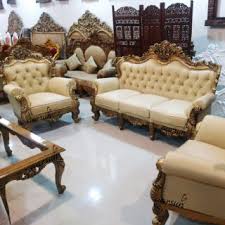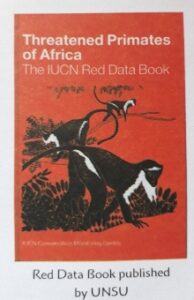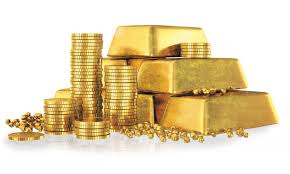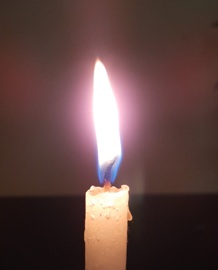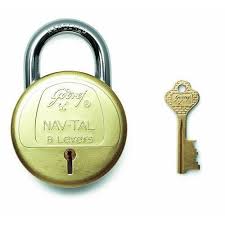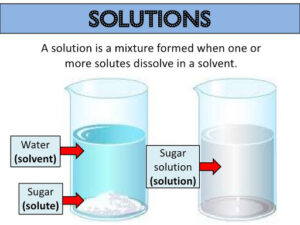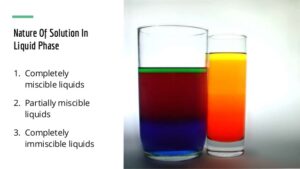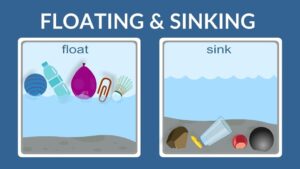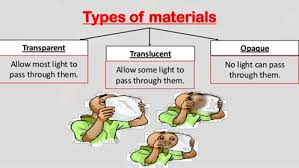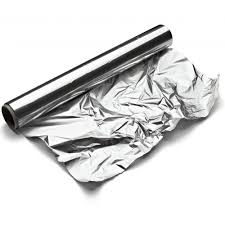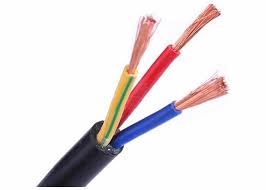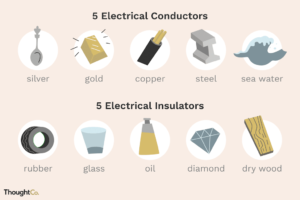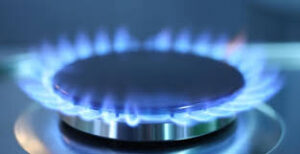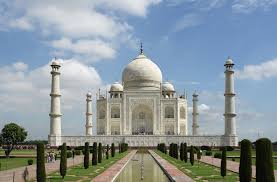Introduction-
We see a number of things around us. These can be classified into natural, man-made, solid, liquid, gases, lustrous, non-lustrous, opaque, transparent, translucent etc.
In our home, school, library, kitchen etc. we classify the objects into different categories. The process of grouping of objects based on their known properties is called classification.
Materials around Us-
Different kinds of materials may individually form any object. Also, different objects can be made from same material.
Same material forming different objects (Products)
|
Material |
Objects (Products)
|
|
Wood |
Chair, Table, Wheel, Plough |
|
Paper |
Book, Notebook, Newspaper, Toys |
|
Leather |
Shoes, belt, Jacket |
|
Plastic |
Toys, Bucket, Tumbler |
Different materials forming one object (Product)
|
Materials |
Object |
|
Plastic, Paper, Steel, Wood, Soil |
Plate (Thali) |
|
Plastic, Metal, Wood |
Pen |
|
Wood, Plastic, Metal |
Door |
|
Glass, Plastic, Gold, Silver |
Bangle |
Natural and Man-made materials-
Those materials which are made in nature are called as natural materials.
e. g- Cotton, Wood, Gold, Coal, Rocks etc.
Properties of Materials-
We choose any object/product on the basis of their properties and uses.
The important properties of the objects can be –
1. Appearance–The metallic objects and objects made up of alloy shine (lusture). They reflect the light falling on them. But due to rusting sometimes they may appear dull. e. g.- Objects of Gold, Silver , Iron, Brass, Bronze etc.
Non-metals do not shine as like metals. They usually have rough surface. e. g.- Clothes, Notebooks, Leather, wood products etc.
Except- Diamond. Diamonds actually do not shine. Diamonds are made shining and glittering by cutting and polishing.
2. Hardness– Many objects can be hard or soft. Hard objects are difficult to be compressed or scratch. e. g- Metal Spoon, Locks and Key, Candle, etc.
Many other objects can be compressed or scratched easily. These are soft objects. e.g.- Cotton and Sponge
3. Solubility– Many substances get dissolved in water. They are called as soluble substances. e. g.- Sugar, Salt, Copper sulphate etc.
Sugar (Solute) + Water (Solvent) = Solution
Some others do not get dissolved in water or other liquids. They are called as insoluble substances. e.g.- Sand, Soil, Chalk, etc.
Those liquids which get mixed with each other are called miscible liquids.
e.g.- Water and Vinegar, Water and Lemon Juice
Those liquids which do not get mixed with each other are called immiscible liquids.
e.g.- Water and Kerosene, Water and Ghee
4. Floating or Sinking Materials- The density of any material decides that the given object will float or sink in the water.
Objects lighter than water will float. Such objects have less density than water. g.- A dry leaf, Wooden piece, cork etc.
Objects heavier than water will sink. Such objects have more density than water. e. g.-A coin, an iron nail, rock piece etc.
5. Transparency– The property of objects which allow the light to pass, partially pass or not pass through it is called as transparency.
There are three types of objects on the basis of transparency.
A. Transparent objects- Light can pass through them. e. g. Clear glass, Water, Air
All Light Passes through transparent objects.
B. Translucent Objects- Light can partially pass through the. e.g.- Muddy water, Smoke, Smoky Glass, Sun glass, Butter paper, Oiled paper etc.
Some Light Passes through translucent objects.
C. Opaque Objects- Light cannot pass through them. e. g- Stone, Rock, Wood, Metal, Bricks etc.
No Light Passes through opaque objects.
6. Malleability- The property of metals by which they can be beaten into thin sheet/foil is called malleability. Such metals are called malleable. e.g.- Gold, Iron, Aluminium etc. Non-metals are not malleable.
7. Ductility- The property of metals by which they can be drawn into thin wires is called ductility. Such metals are called ductile. e.g.- Aluminium, Copper, Iron etc. Non-metals are not ductile.
8. Conductivity– The property of materials by which they allow the heat and current to pass through them is called conductivity. Such materials are called as conductors. e.g.- Objects of metals like Iron, Copper, Silver, Zinc etc.
Non-conductors (insulators) do not allow the heat and current to pass through them. e.g.- Wood, Clothes, Rubber, Plastic etc.
9. Combustibility– The property of materials by which they can catch fire is called combustibility and such substances are called as combustible substance. e. g.- LPG, Petrol, diesel, Kerosene, Wood etc.
Non-combustible substances do not catch fire. e.g.- Brick, Stone, Marble etc.
Exercise Questions (Solved)
Q.1 Name five objects which can be made from wood.
Ans-Chair, Table, Cupboard, Door and Paper can be made from wood.
Q.2 Select those objects from the following which shine:
Glass bowl, plastic toy, steel spoon, cotton shirt
Ans– Steel spoon, Glass bowl
Q.3 Match the objects given with the materials from which they could be made. Remember, an object could be made from more than one material and a given material could be used for making many objects.
| Objects | Materials |
| Tumbler | Wood |
| Book | Glass |
| Chair | Paper |
| Toy | Leather |
| Shoes | Plastic |
Ans–
| Objects | Materials |
| Tumbler | Glass, Plastics, Paper |
| Book | Paper, Plastic |
| Chair | Wood, Plastic |
| Toy | Wood, Plastic, Paper |
| Shoes | Leather, plastic |
Q.4 State whether the statements given below are true or false.
(i) Stone is transparent, while glass is opaque.
(ii) A notebook has lusture while eraser does not.
(iii) Chalk dissolves in water.
(iv) A piece of wood floats on water.
(v) Sugar does not dissolve in water.
(vi) Oil mixes with water.
(vii) Sand settles down in water.
(viii) Vinegar dissolves in water.
Ans–
(i) False
(ii) False
(iii) False
(iv)True
(v) False
(vi)False
(vii) True
(viii) True
Q.5 Given below are the names of some objects and materials:
Water, basketball, orange, sugar, globe, apple and earthen pitcher
Group them as:
(a) Round shaped and other shaped
(b) Eatables and non-eatables
Ans–
| Round shaped | Basketball, Globe, Orange, Earthen pitcher |
| Other shaped | Apple, Sugar |
| Eatables | Apple, Sugar, Orange, Water |
| Non-eatables | Basketball, Globe, Earthen pot |
Q.6 List all items known to you that float on water. Check and see if they will float on oil or kerosene.
Ans– Those materials which are having density less than any liquid will float over them. Some of the items that can float on water are- plastic bottle, piece of paper, bamboo, wood, football, empty tin can with closed lid etc.
Some of the materials which can float on oil or kerosene are- hair, inflated balloon etc.
Q.7 Find the odd one out from the following:
(a) Chair, Bed, Table, Baby, Cupboard
(b) Rose, Jasmine, Boat, Marigold, Lotus
(c) Aluminium, Iron, Copper, Silver, Sand
(d) Sugar, Salt, Sand, Copper sulphate
Ans–
(a) Baby, because others are made up of wood.
(b) Boat, because others are the names of flowers.
(c) Sand, because others are names of metals.
(d) Sand, because others are soluble in water.



